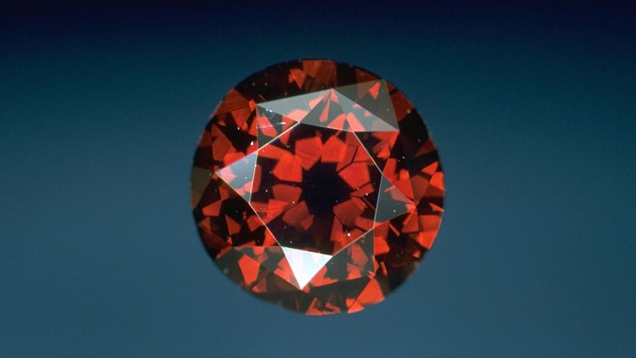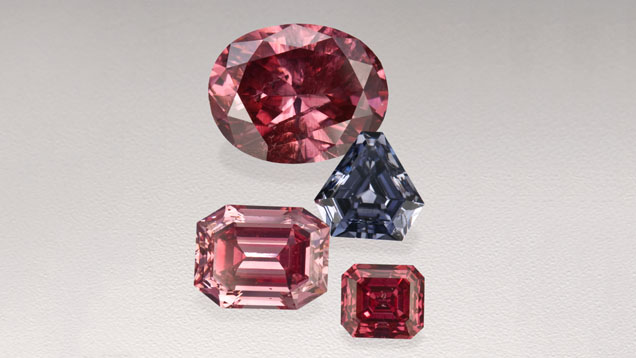Fancy Color Diamond History and Lore

The priests and rulers, the Brahmins, were allowed to own diamonds that were “whitest of the conch, of the lotus, or of the rock crystal” (white to colorless). The landowners and warriors were assigned diamonds that were “the brown color of the eye of the hare.” The merchant class was allowed to own only diamonds that were the “pretty nuance of a petal of a kadl [flower]” (yellow). And members of the lower classes were assigned diamonds with “the sheen of a burnished sword” (gray or black). Kings, however, were free to possess diamonds of any color.
Diamond color-grading systems have evolved a lot since that time. Today, there are well-established methods for judging diamond color based on much more than a comparison to conch shells, rabbits’ eyes, and flower petals. And the only restrictions to owning different colors are based on availability and affordability.
While fancy color diamonds have traditionally been a small part of the diamond business, their popularity and availability have grown in the past several decades. In the 1980s the Argyle mine in Australia began marketing its brown stones under trade names like “Champagne” and “Cognac.” Argyle reached its goal of making the public more aware of fancy color diamonds and dropped its marketing campaign in the late 1990s. Today, the Argyle mine still produces brown diamonds, but it’s more famous as the world’s major source of rare pink diamonds.

These rare pink and violet diamonds make up a tiny but important fraction of the Argyle mine’s production. - Courtesy Rio Tinto Diamonds
The most well-known historical and current sources of fancy color diamonds are India, South Africa, and Australia. Other diamond mine locations, including Brazil, Venezuela, Guyana, and Indonesia, also produce fancy color diamonds.
Brownish diamonds, like these crystals and round brilliants, constitute the bulk of
Argyle’s production.
Argyle’s production.



